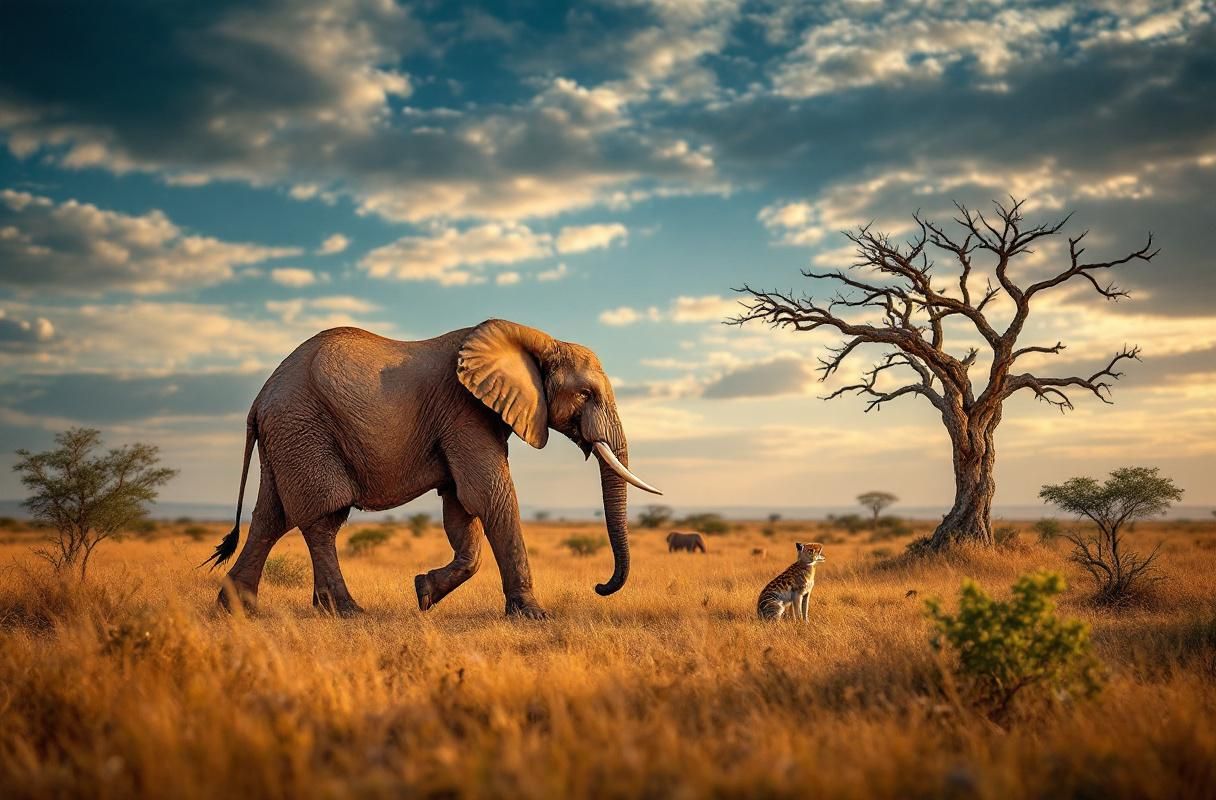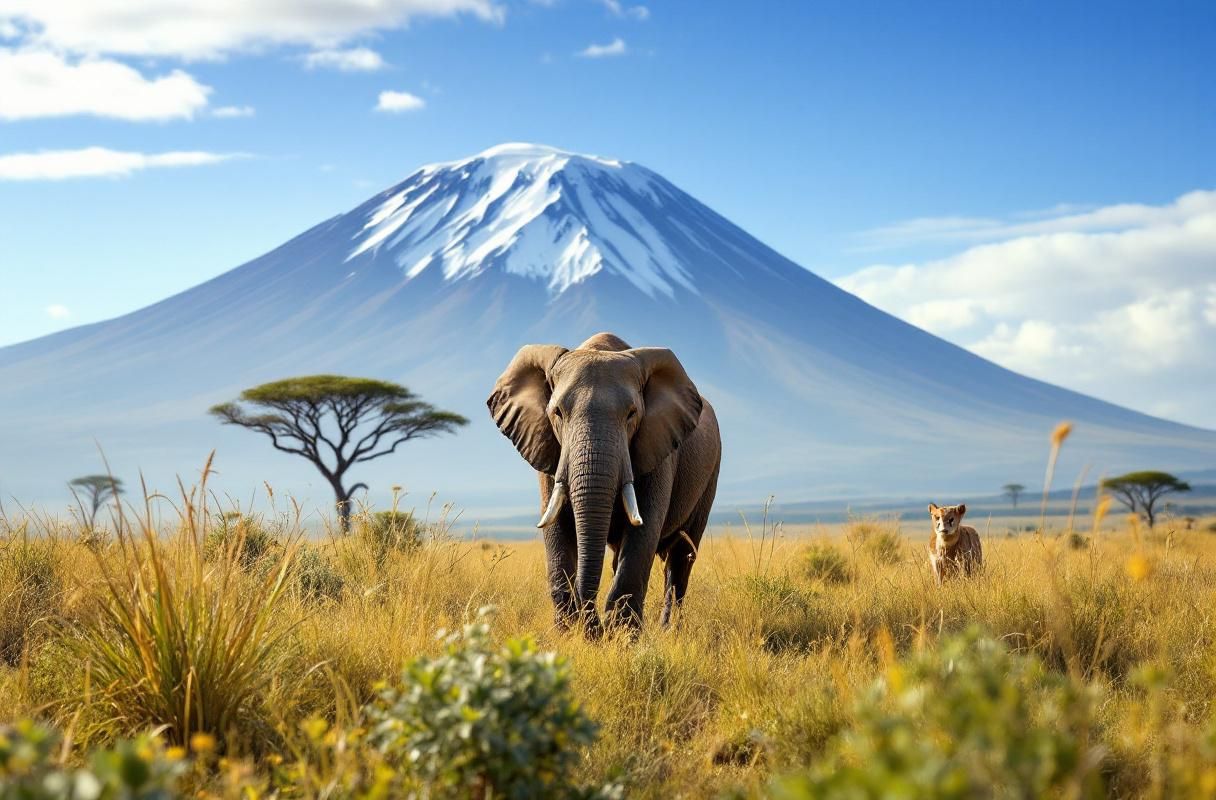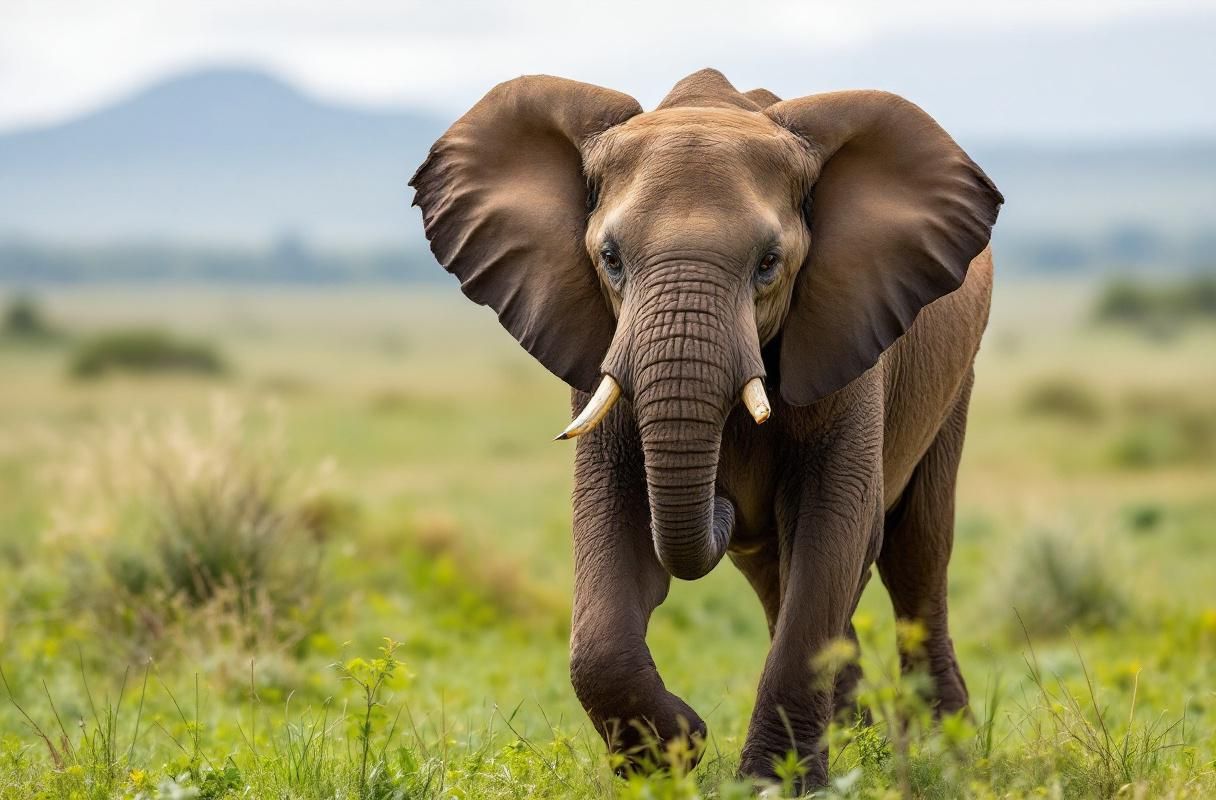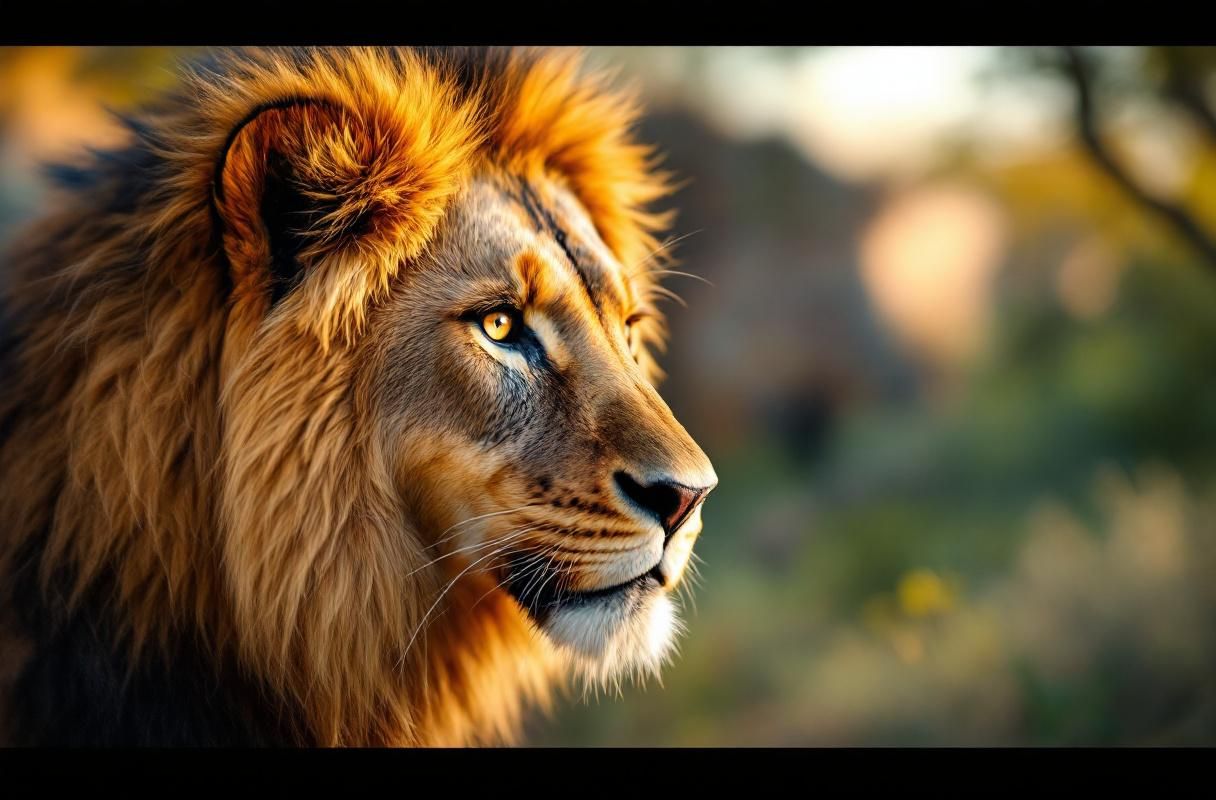
Africa is a continent of diverse ecosystems, home to a myriad of wildlife, including some of the most dangerous animals on the planet. When considering a trip to Africa, particularly on safari tours, it is crucial to have a comprehensive understanding of these animals, their habitats, and how to stay safe while enjoying the beauty of the continent. This article delves into the most dangerous African animals, exploring their behavior, habitats, and practical safety measures for travelers. Additionally, we will examine the ecosystems surrounding Mount Kilimanjaro and the unique wildlife that inhabits this region.

Mount Kilimanjaro, the highest peak in Africa, presents a unique ecosystem that supports a rich diversity of flora and fauna. The varying altitudes and climatic conditions create distinct habitats that are home to numerous species, some of which are considered dangerous.
The mountain features several ecological zones that transition from tropical rainforest at the base to alpine desert near the summit. Each zone hosts specific wildlife adapted to its environment.
When exploring the ecosystems around Kilimanjaro, it is essential to respect wildlife and understand how to interact safely.

Africa is home to several animals that are notorious for their danger to humans. Understanding these creatures is crucial for any traveler planning to explore the continent.
The term "Big Five" refers to five of the most dangerous African animals: lions, leopards, elephants, buffalo, and rhinoceroses. These animals are not only formidable but also essential to the continent's ecological balance.
Lions are apex predators, known for their power and social structure. While they typically avoid humans, they can be dangerous, especially when protecting their young or during a hunt.
Elephants are the largest land mammals and can be very dangerous when they feel threatened or provoked. Their sheer size and strength can cause significant harm.
African buffalo are unpredictable and can be extremely aggressive, particularly if they are wounded or feel threatened. They are known to charge without warning.
Leopards are stealthy hunters that can be dangerous, particularly when cornered. They are known for their agility and strength.
Both black and white rhinoceroses are known for their aggressive behavior, particularly if they feel their young are threatened. Their size and strength make them formidable opponents.
While the Big Five often steal the spotlight, several other African animals pose significant risks to humans.
Despite their seemingly docile nature, hippos are among the most dangerous animals in Africa. They can be very aggressive, especially when protecting their territory.
Nile crocodiles are stealthy predators found in many African rivers and lakes. They are responsible for numerous attacks on humans each year.
Africa is home to several venomous snakes, including the black mamba and puff adder. These snakes can be fatal if their bites are untreated.

Many misconceptions exist regarding African animals and their behavior. Understanding these can help travelers stay informed and safe.
Not all African animals are aggressive or dangerous. Many species, including giraffes and various antelope, are typically docile and pose minimal threat to humans.
While the idea of encountering dangerous wildlife can be intimidating, safari tours are designed with safety in mind. Trained guides lead these tours to ensure a safe and enjoyable experience.
Exploring the diverse ecosystems of Africa, particularly around Kilimanjaro, offers unparalleled opportunities to witness some of the most incredible wildlife on the planet. However, understanding the dangers associated with African animals is essential for a safe and enjoyable experience. By respecting wildlife, maintaining a safe distance, and heeding the advice of experienced guides, travelers can appreciate the beauty of Africa while minimizing risks.
For those planning to embark on safari tours, remember that knowledge is your best tool for safety. Equip yourself with information about the animals you may encounter, and embrace the adventure responsibly. As you prepare for your journey, consider researching local tour operators that prioritize safety and conservation, and stay informed about the wildlife in the regions you plan to visit.
For further reading, explore resources on animal behavior, conservation efforts, and the best practices for wildlife photography to enhance your understanding and appreciation of African animals.
Get free resources, early access to new features and updates.
No spam. Just fun educational emails!